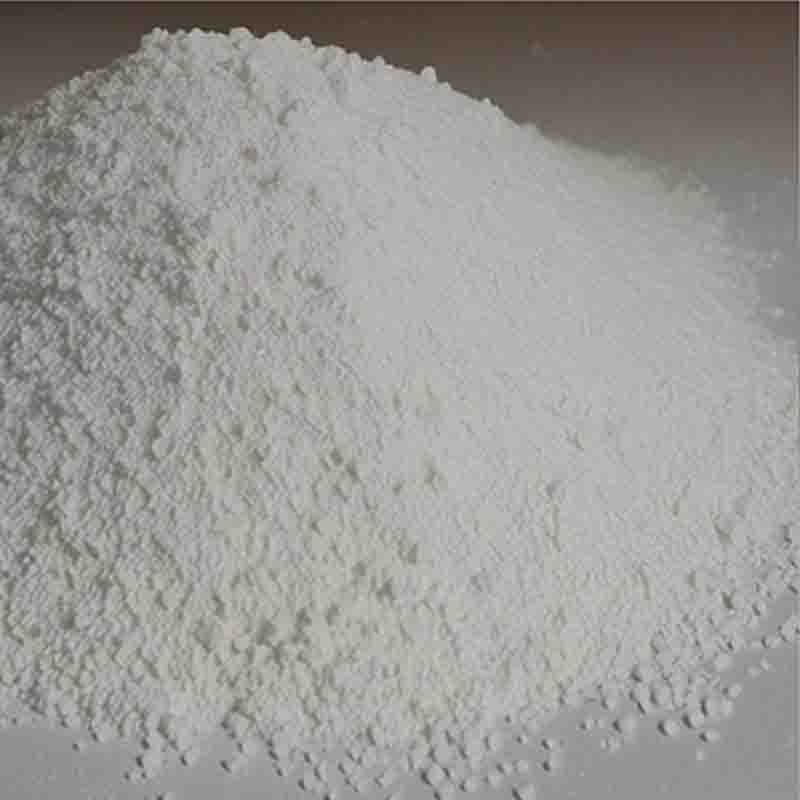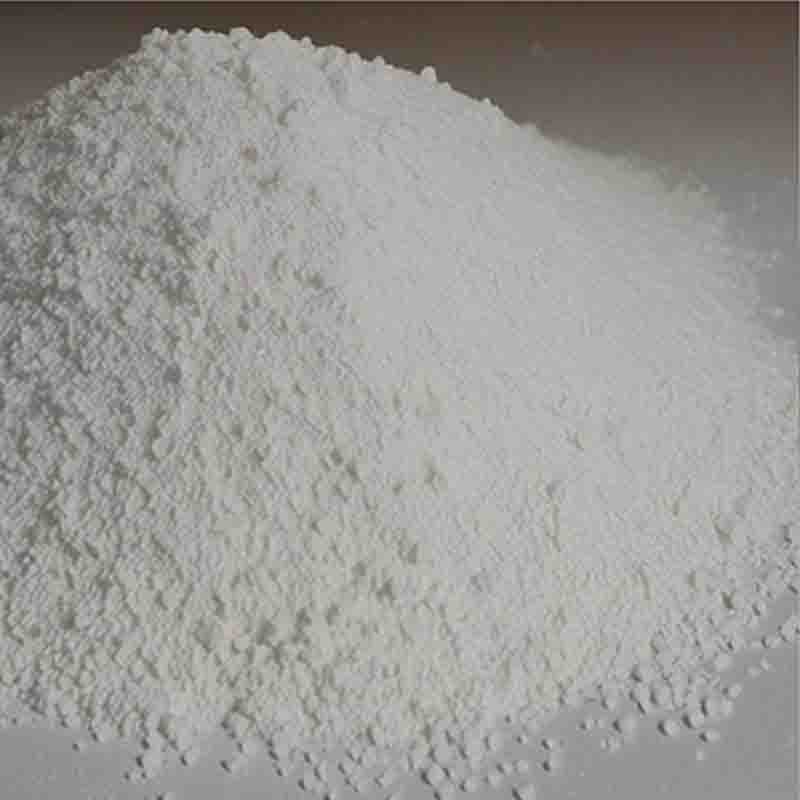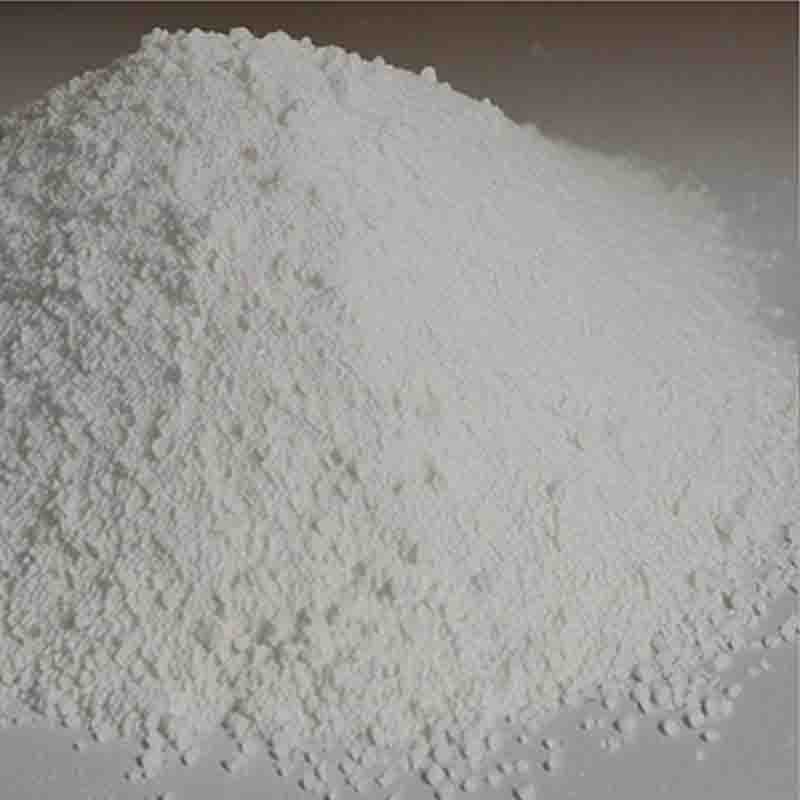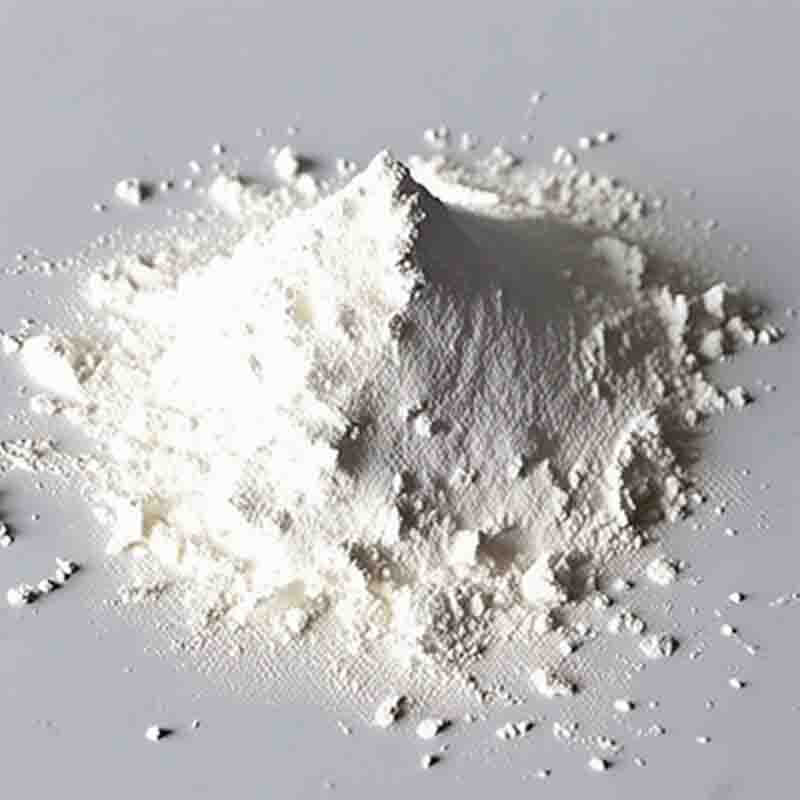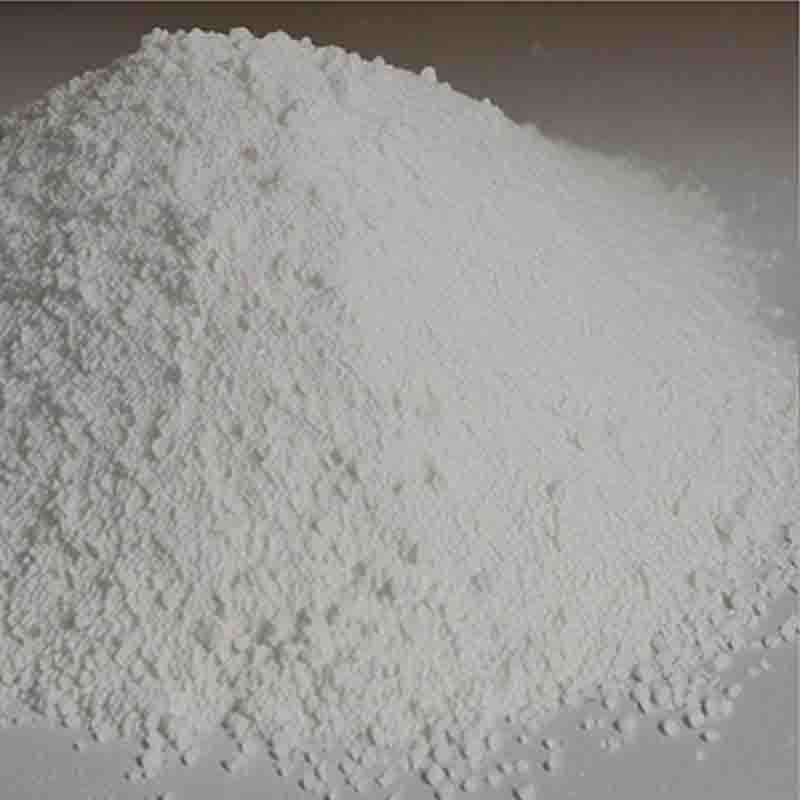Ethyl2-(2-aminothiazol-4-yl)-2-hydroxyiminoacetate CAS:64485-82-1
| Catalog Number | XD95284 |
| Product Name | Ethyl2-(2-aminothiazol-4-yl)-2-hydroxyiminoacetate |
| CAS | 64485-82-1 |
| Molecular Formula | C7H9N3O3S |
| Molecular Weight | 215.23 |
| Storage Details | Ambient |
Product Specification
| Appearance | White powder |
| Assay | 99% min |
Ethyl 2-(2-aminothiazol-4-yl)-2-hydroxyiminoacetate is a chemical compound that belongs to the thiazole class of compounds. Thiazoles are heterocyclic compounds containing both nitrogen and sulfur in their ring structure. This specific compound has an ethyl ester group, an amino group, and a hydroxyimino group attached to the thiazole ring.The effect of Ethyl 2-(2-aminothiazol-4-yl)-2-hydroxyiminoacetate can vary depending on its application and the specific conditions under which it is used. However, thiazole compounds have been studied for their potential biological activities and pharmacological properties. Here are some potential effects that have been observed for similar compounds:Antimicrobial activity: Thiazole derivatives have been reported to exhibit antimicrobial properties against various bacterial and fungal strains. They can inhibit the growth and reproduction of these pathogens by interfering with crucial cellular processes.Anti-inflammatory activity: Thiazole compounds have been found to possess anti-inflammatory properties. They can inhibit the production of pro-inflammatory molecules, such as cytokines and prostaglandins, which contribute to the development of inflammatory conditions.Antioxidant activity: Thiazoles have been investigated for their antioxidant potential. They can scavenge free radicals, which are reactive molecules associated with oxidative stress and various diseases. By neutralizing these harmful radicals, thiazole compounds may help protect cells and tissues from oxidative damage.Anticancer activity: Thiazole derivatives have shown promise as potential anticancer agents. They can inhibit the growth of cancer cells and induce apoptosis (programmed cell death), thereby suppressing tumor progression. These compounds may also interfere with cellular signaling pathways involved in cancer development.It is important to note that the specific effect of Ethyl 2-(2-aminothiazol-4-yl)-2-hydroxyiminoacetate may vary depending on factors such as dose, route of administration, and target organism or tissue. Extensive research and testing are typically required to fully evaluate the effects and potential applications of a compound like Ethyl 2-(2-aminothiazol-4-yl)-2-hydroxyiminoacetate.


